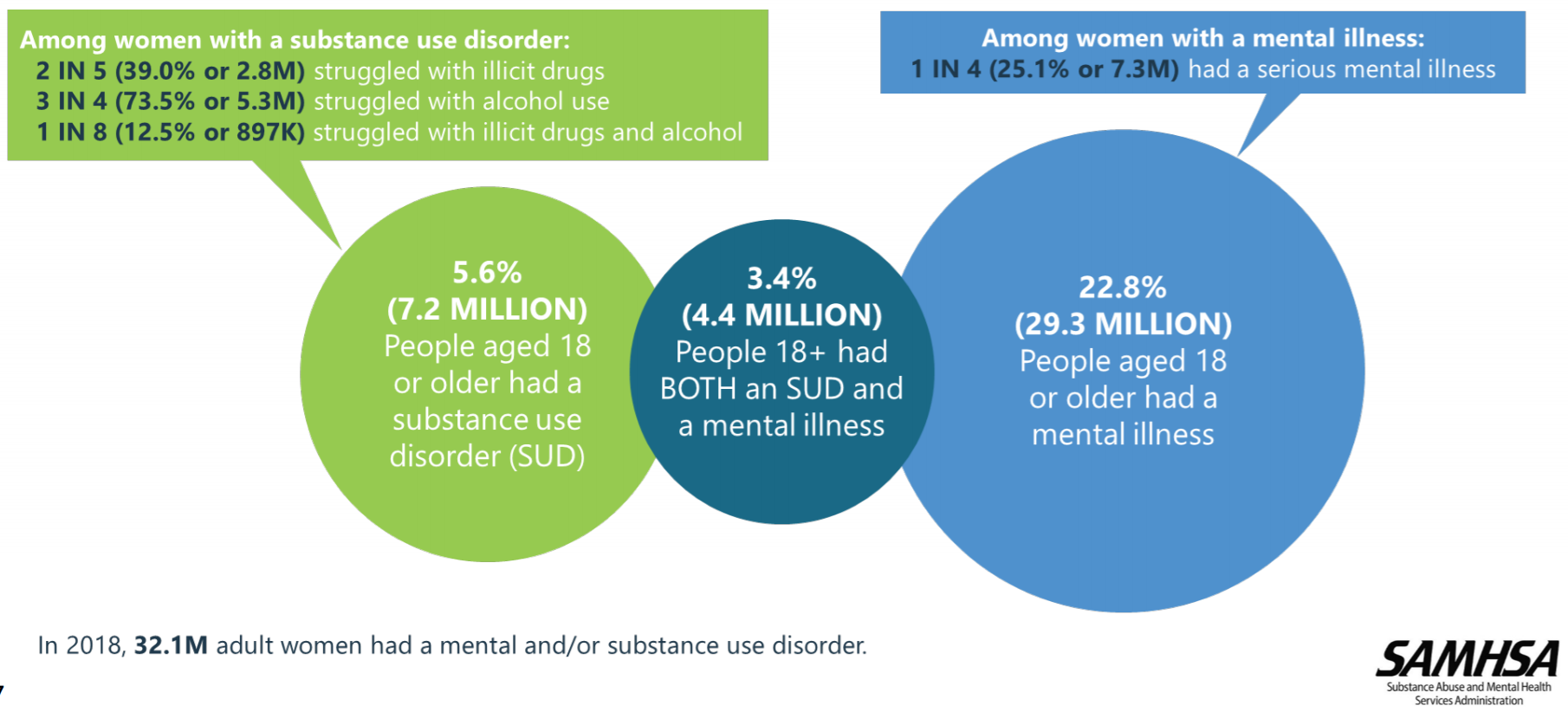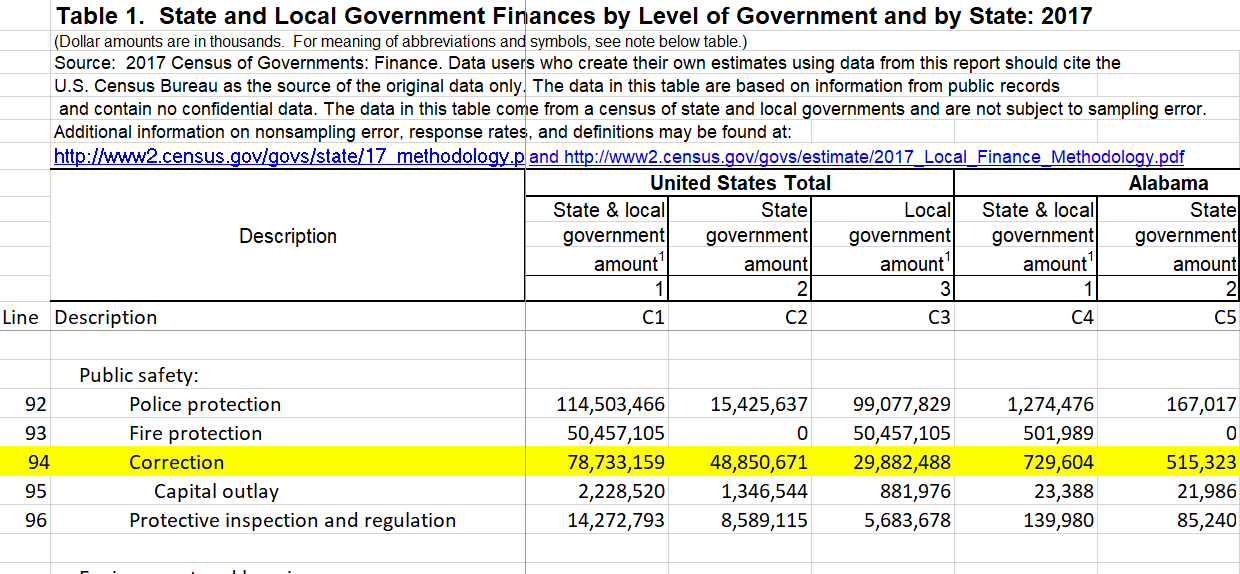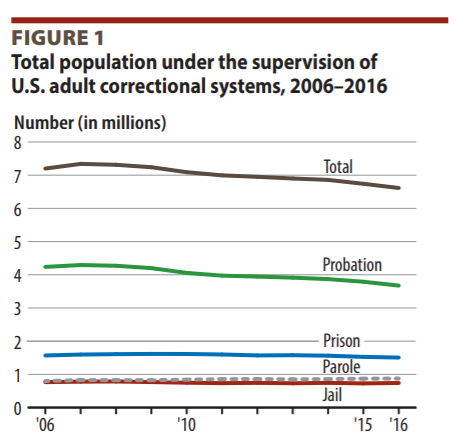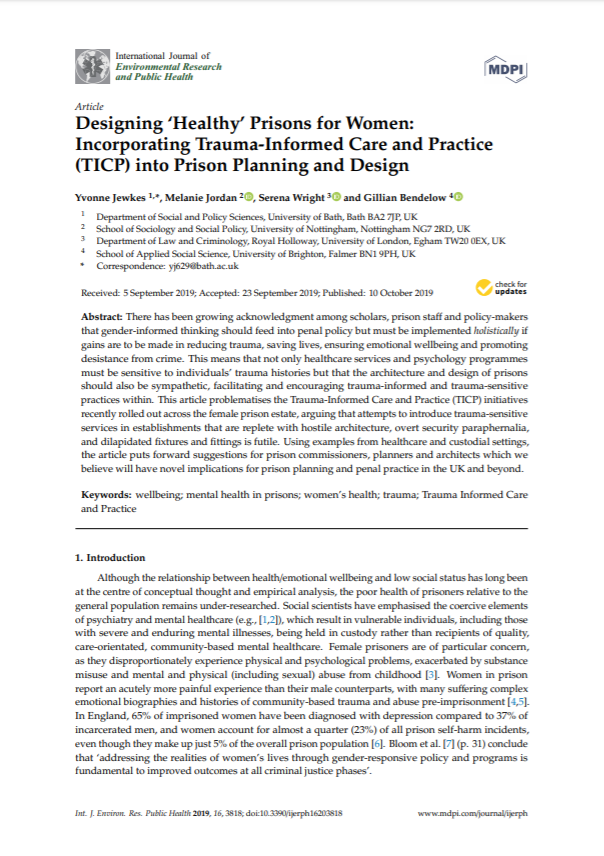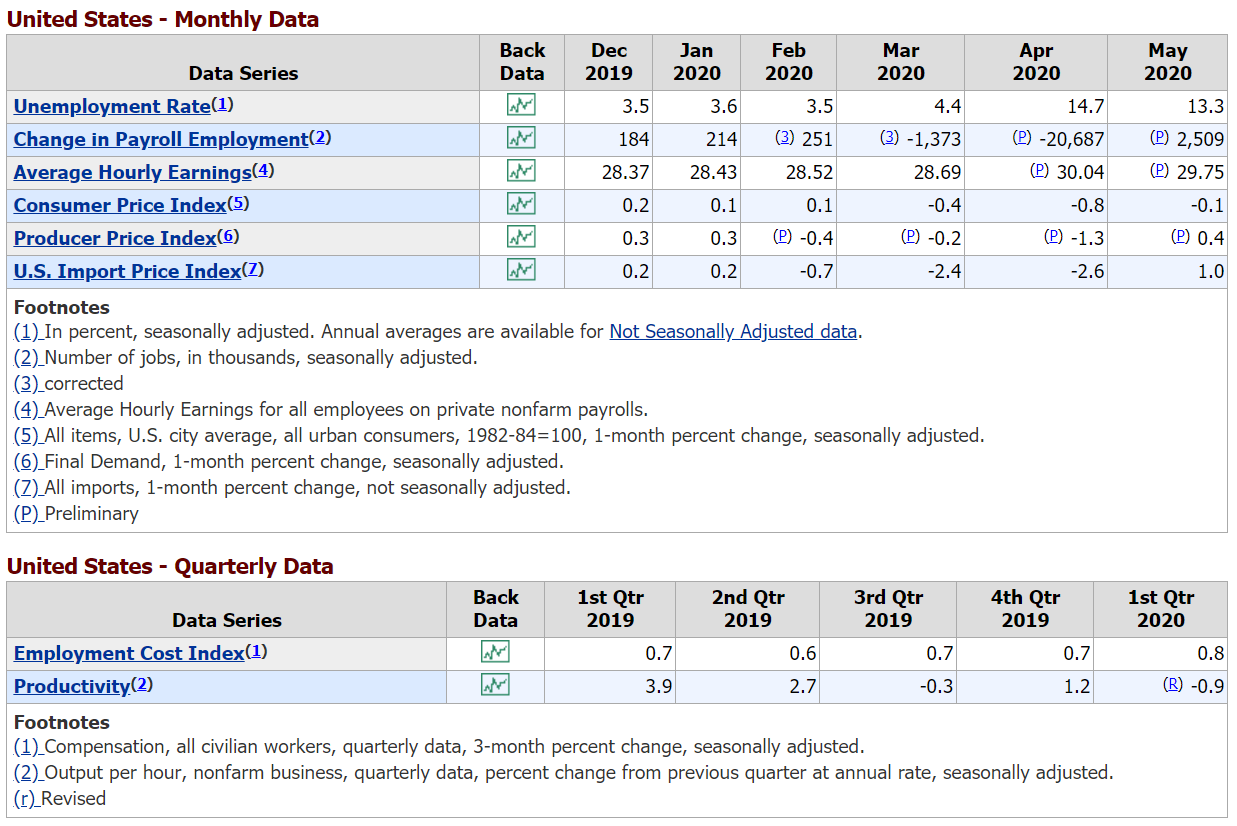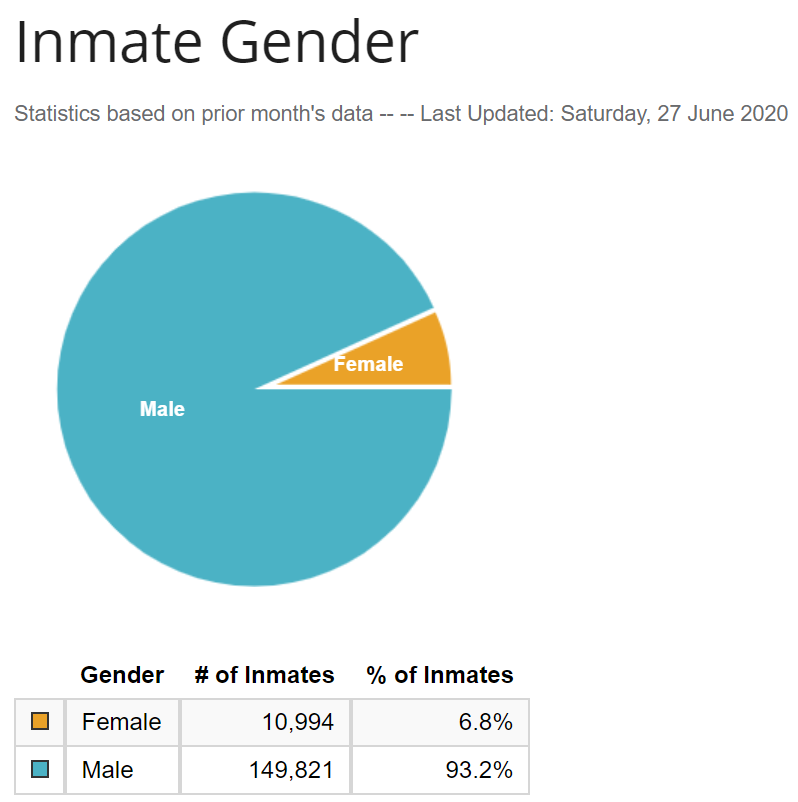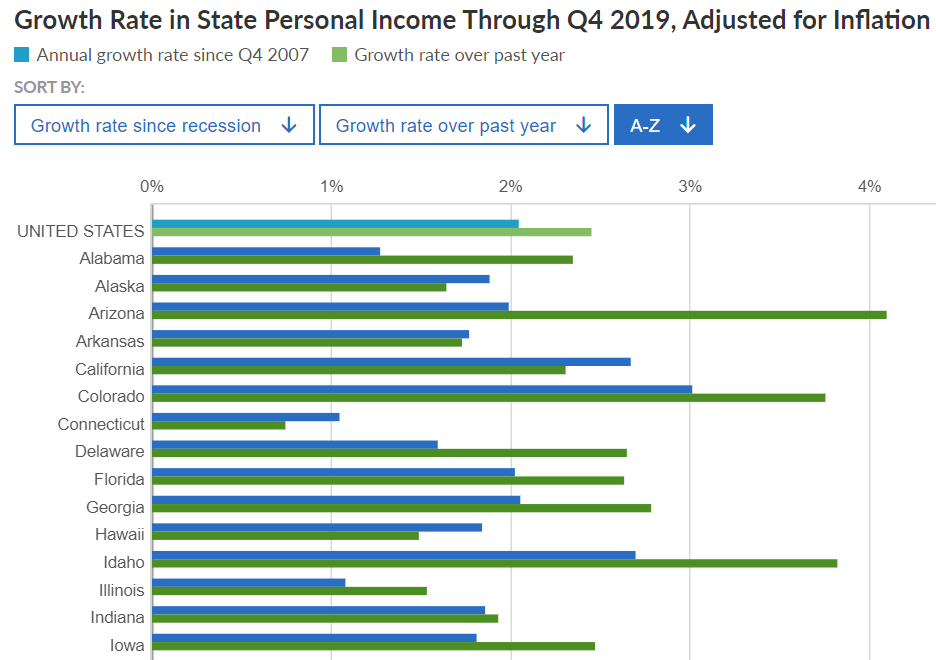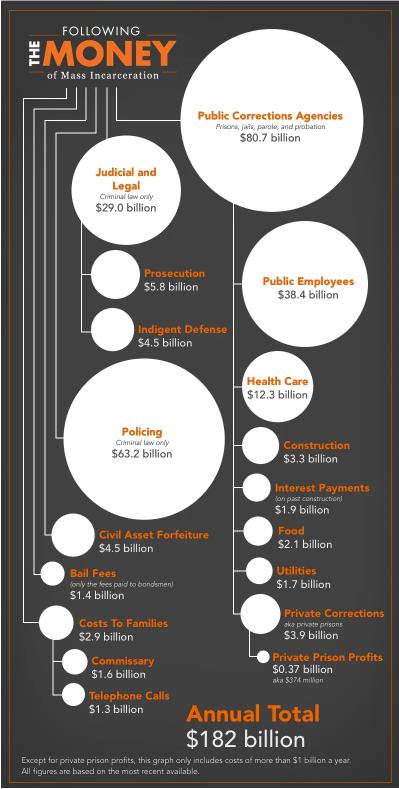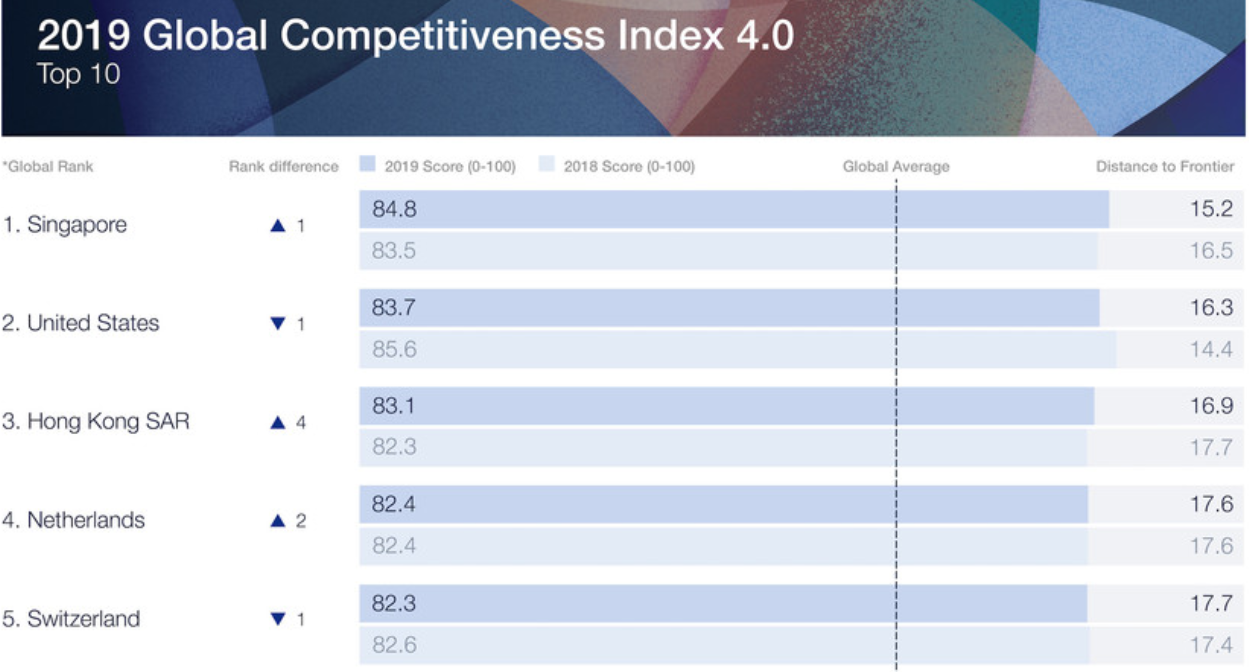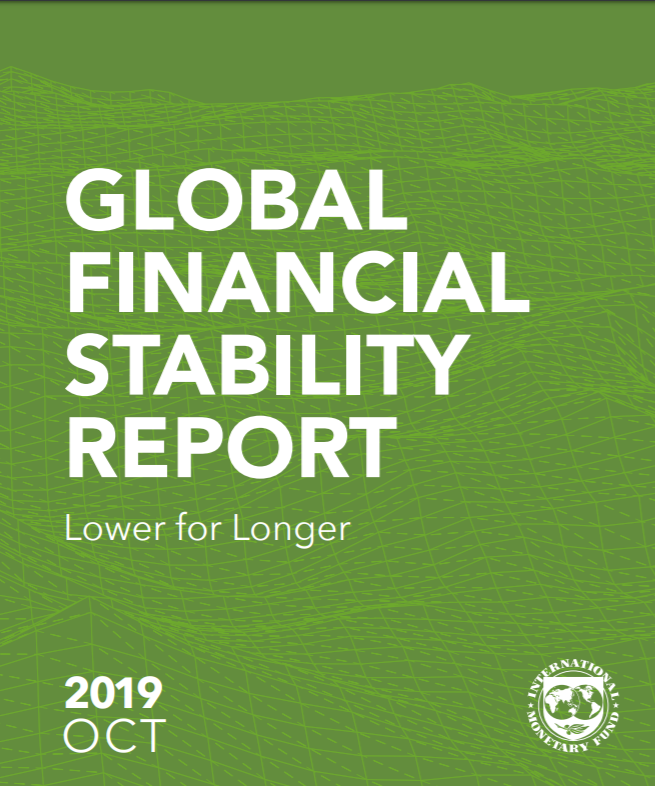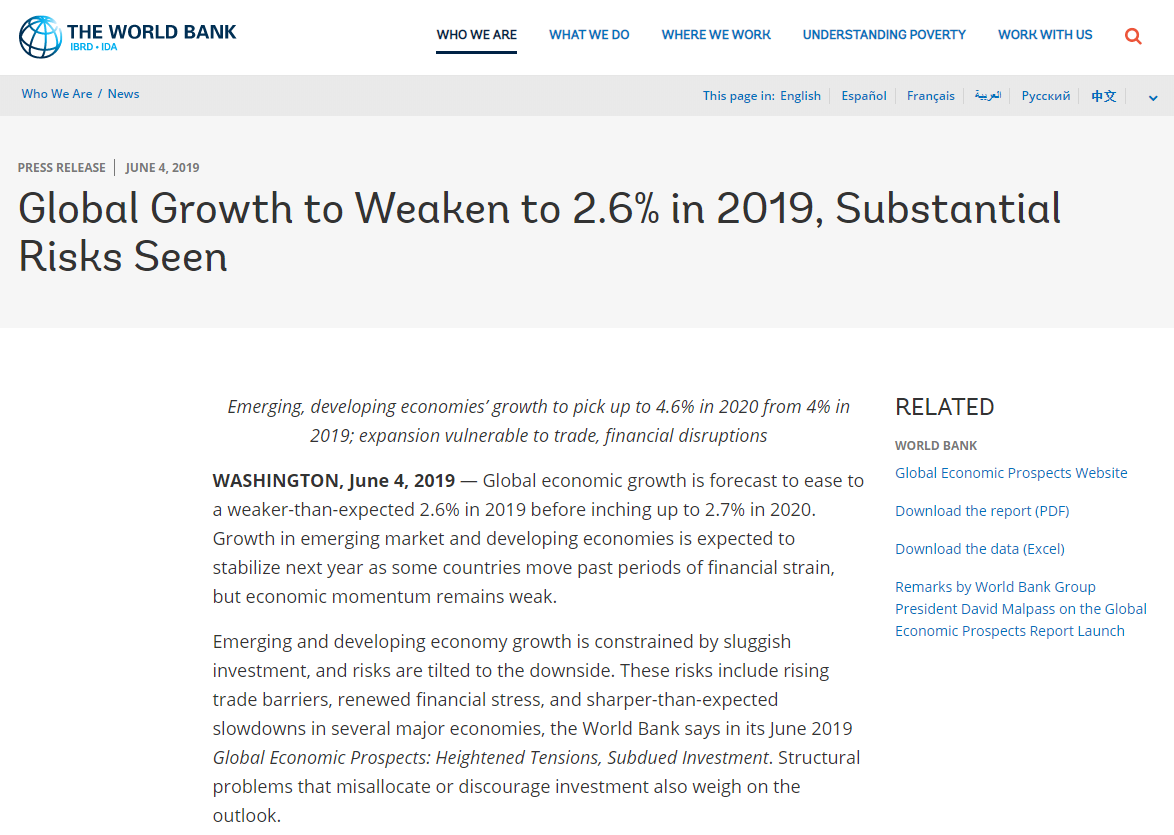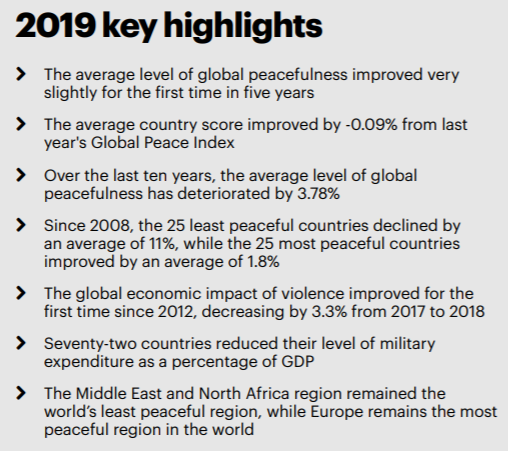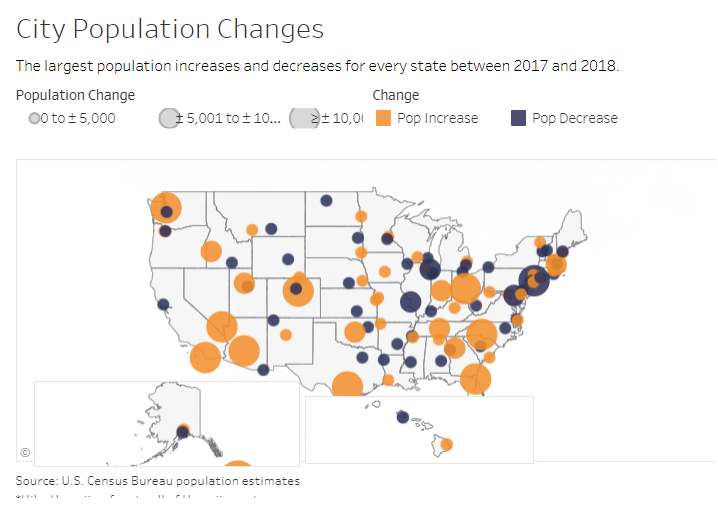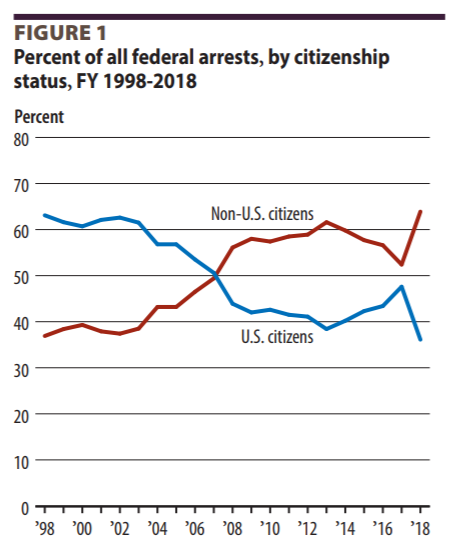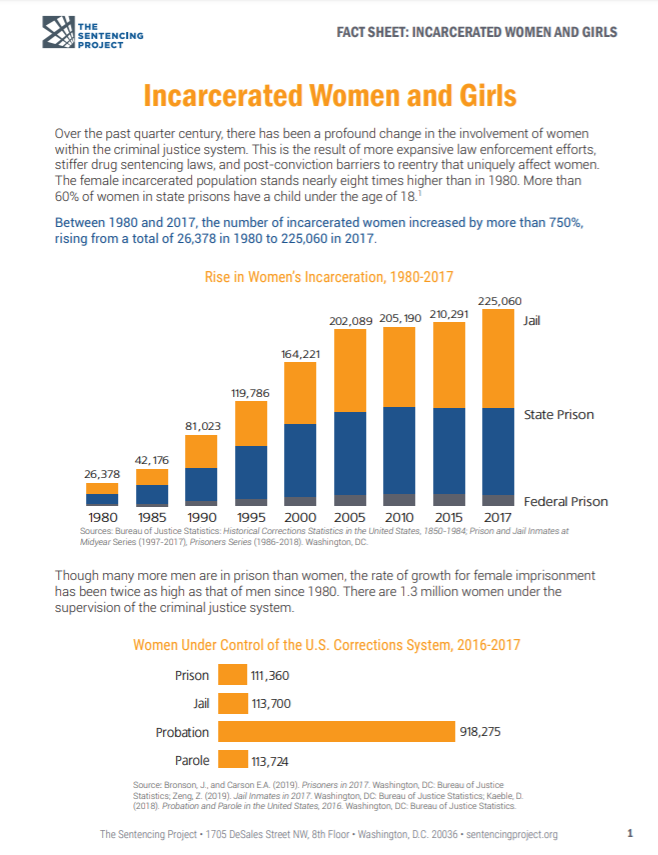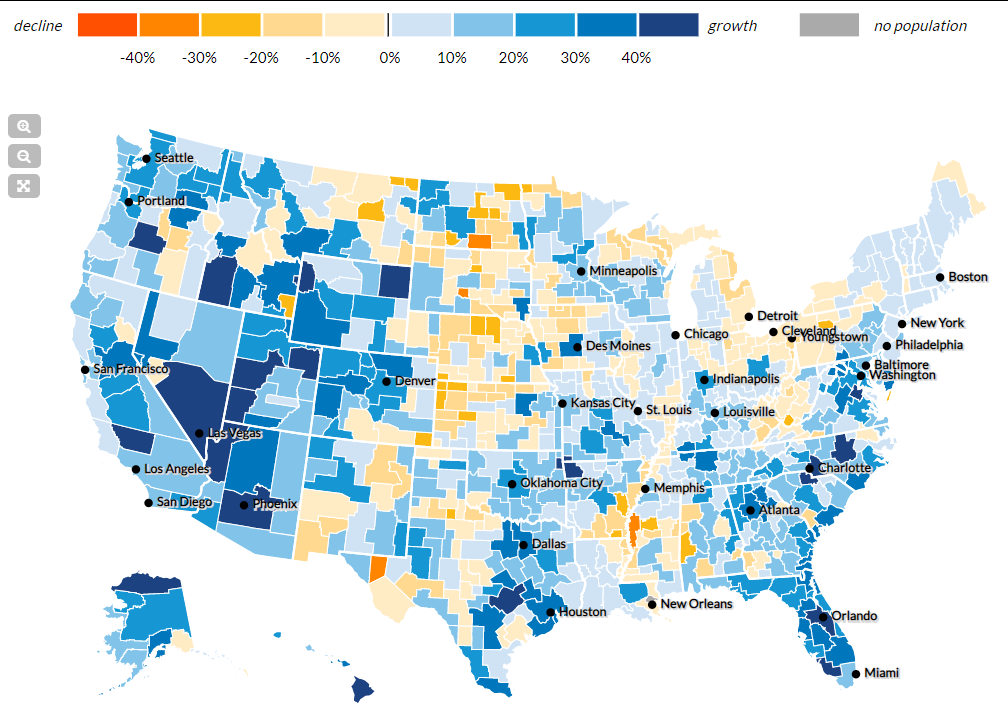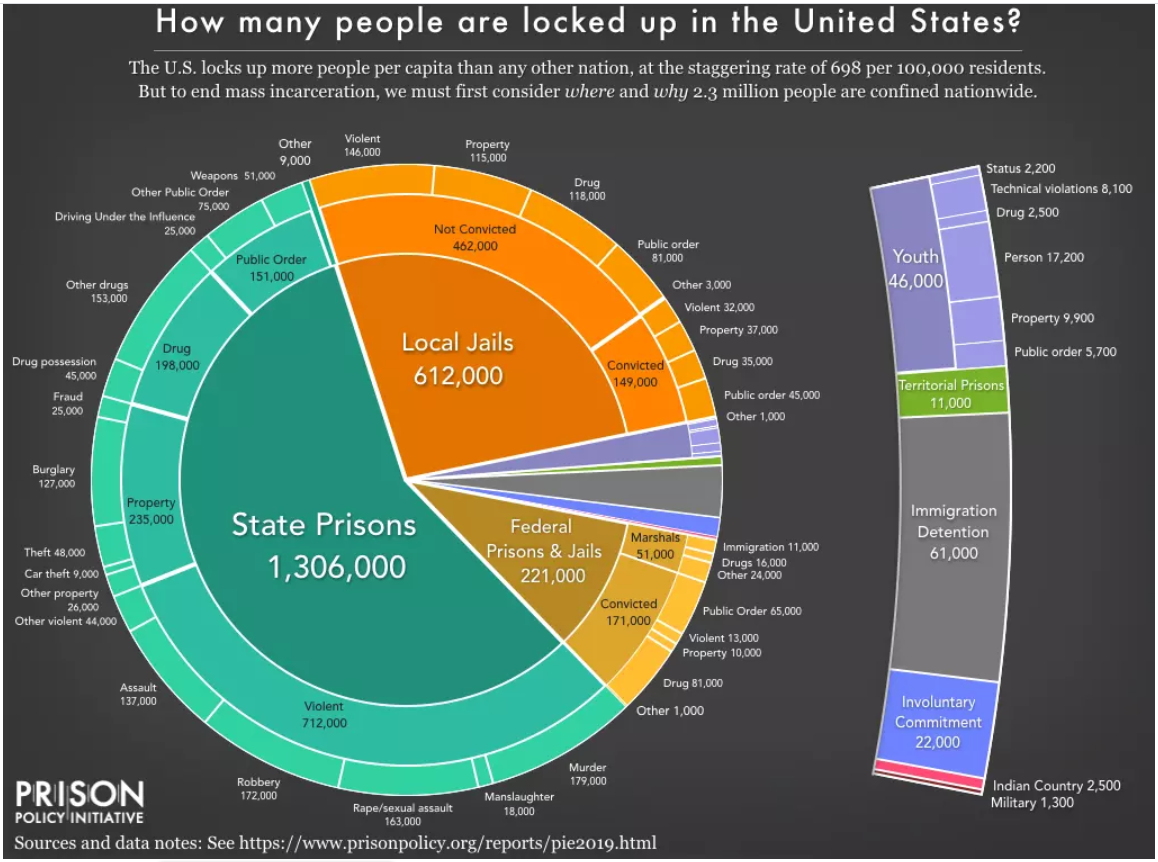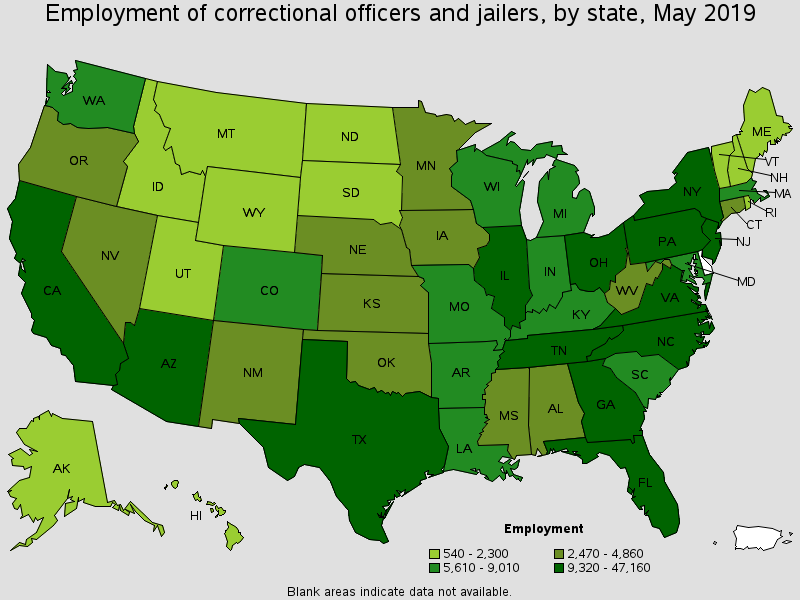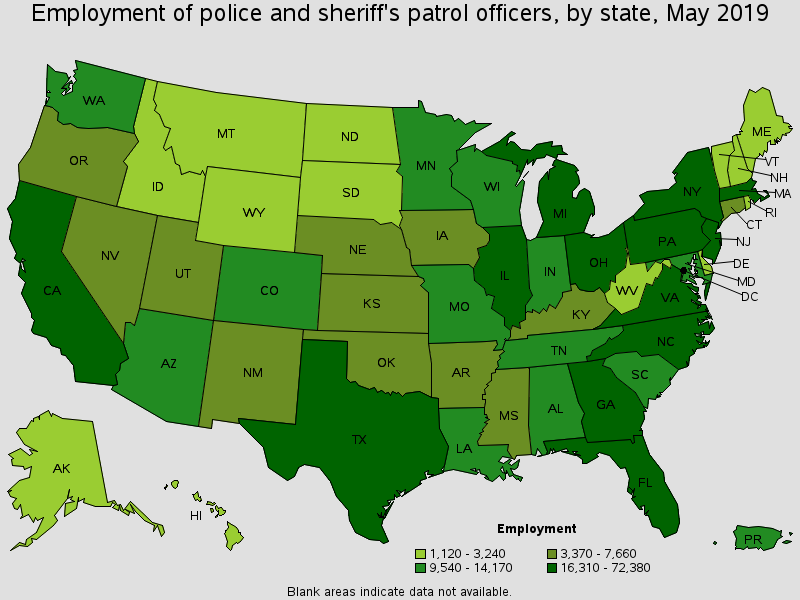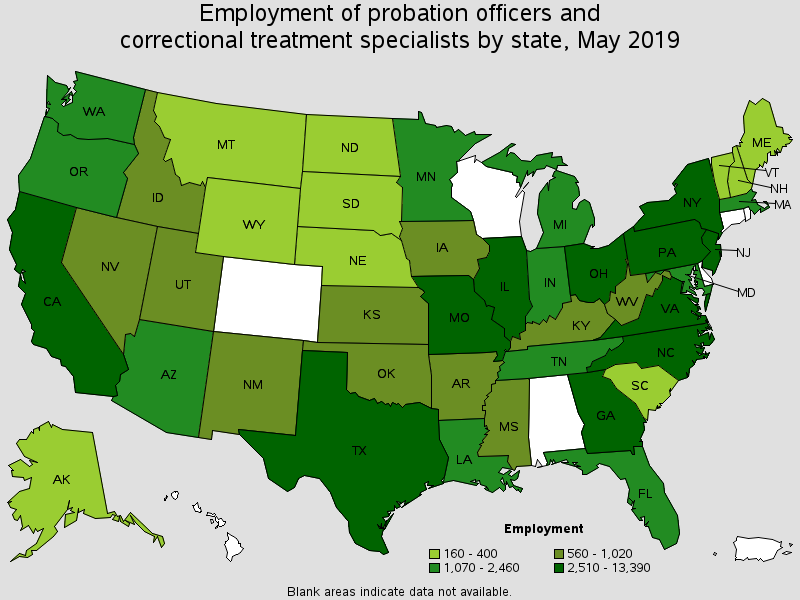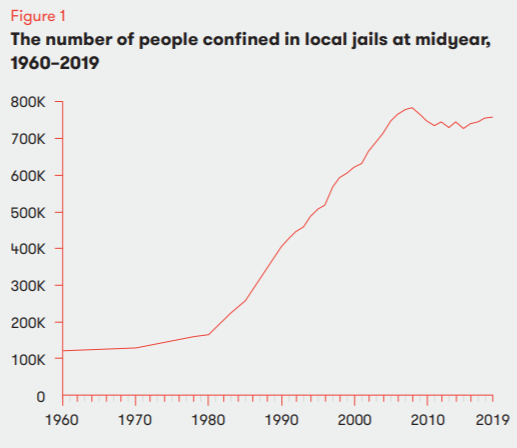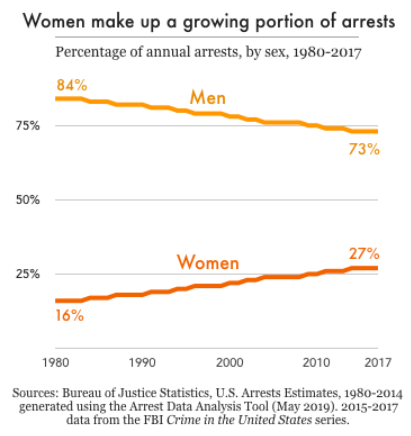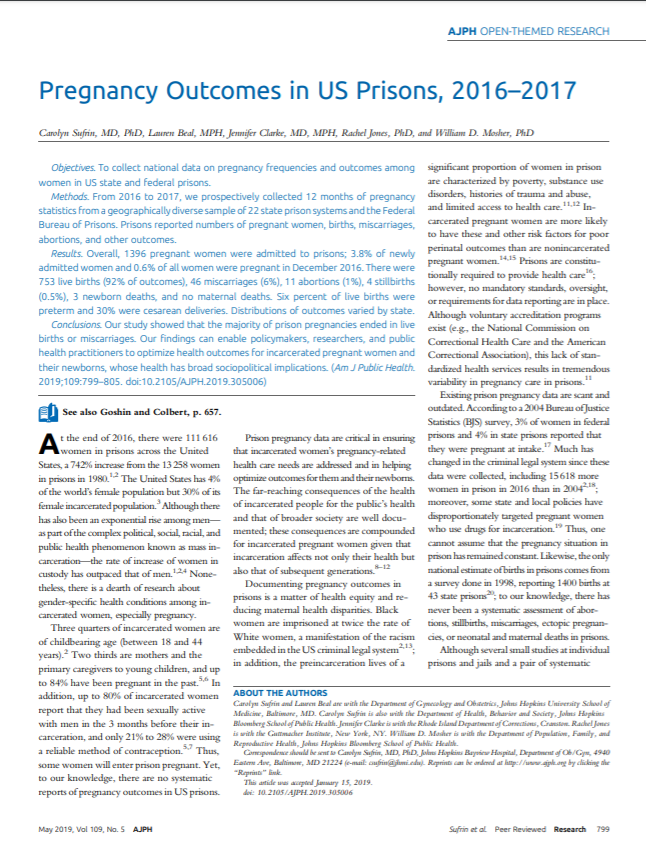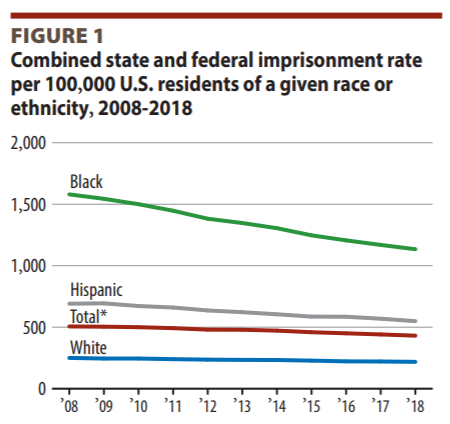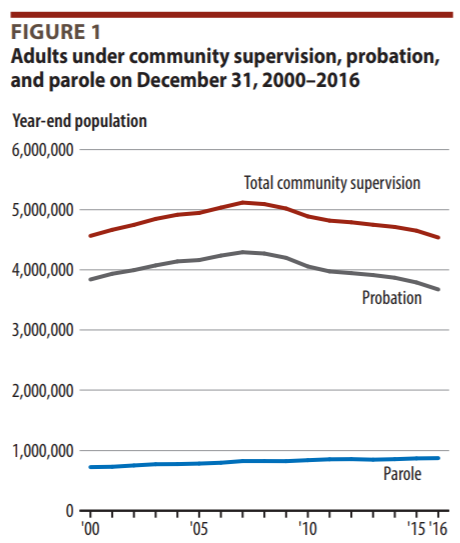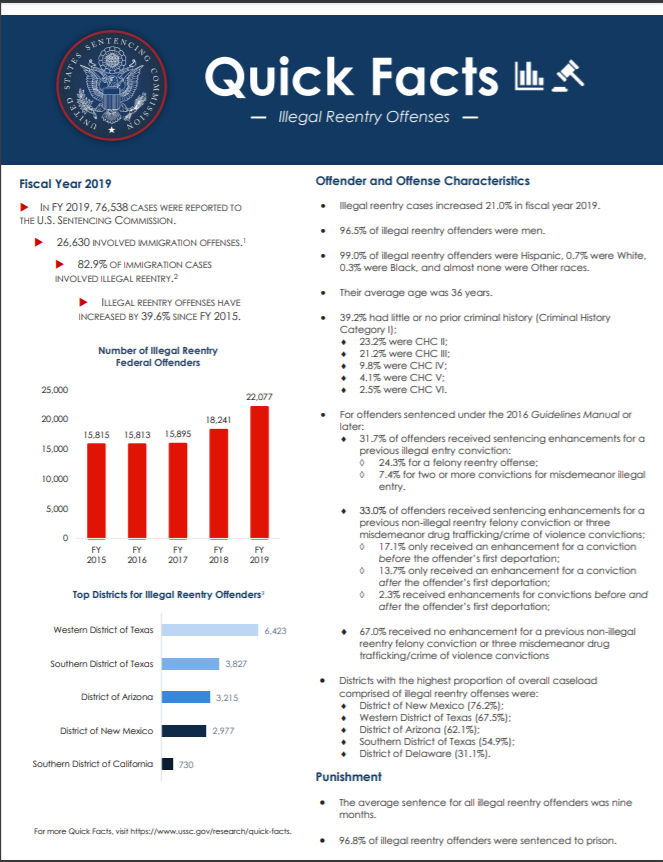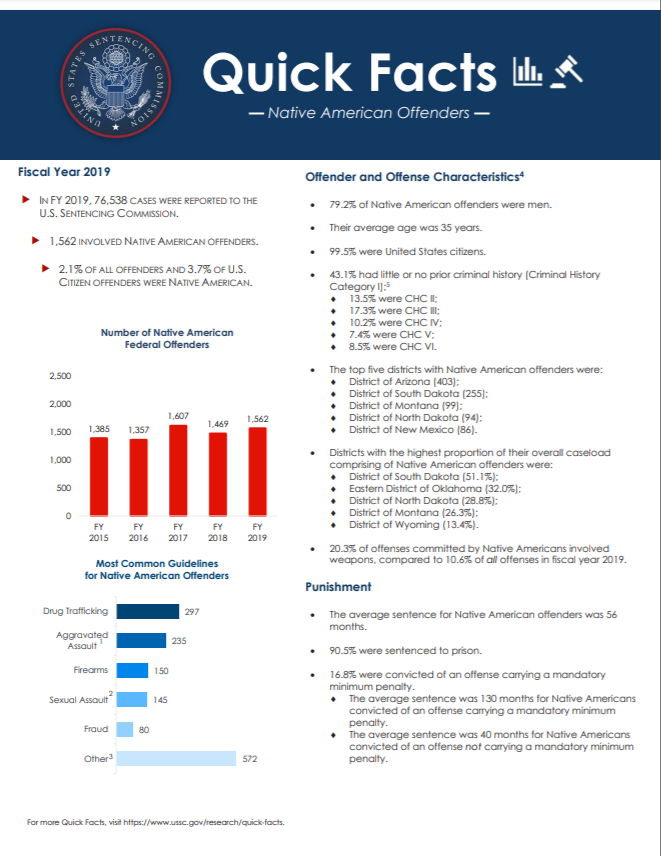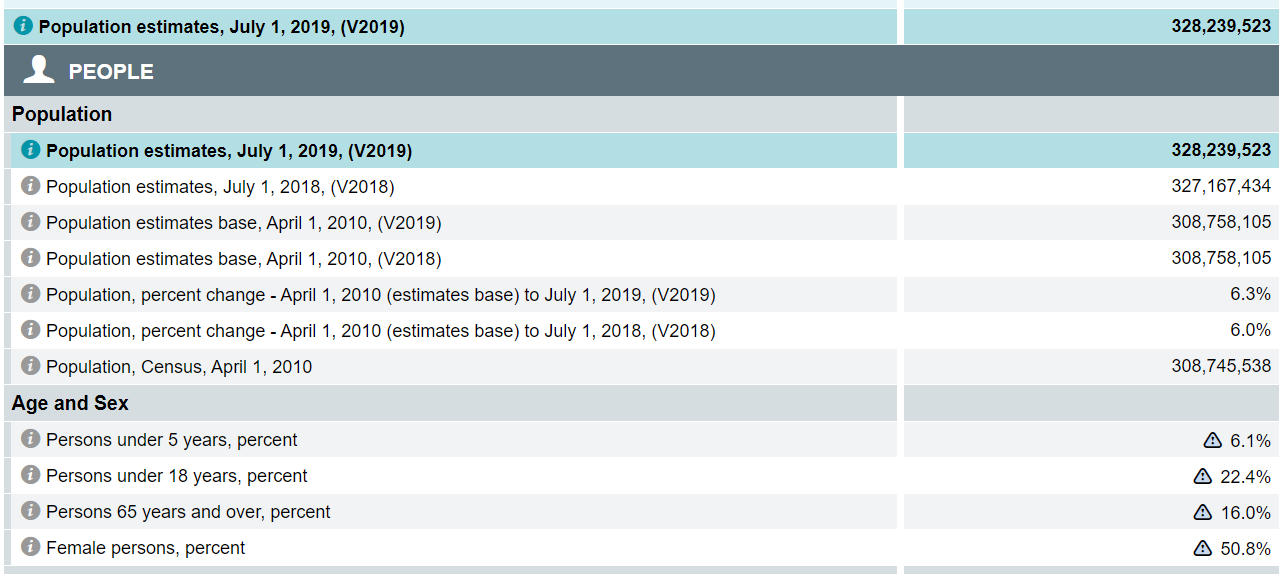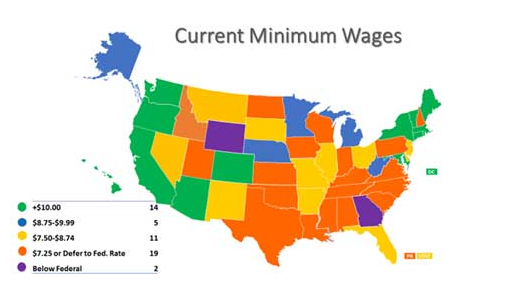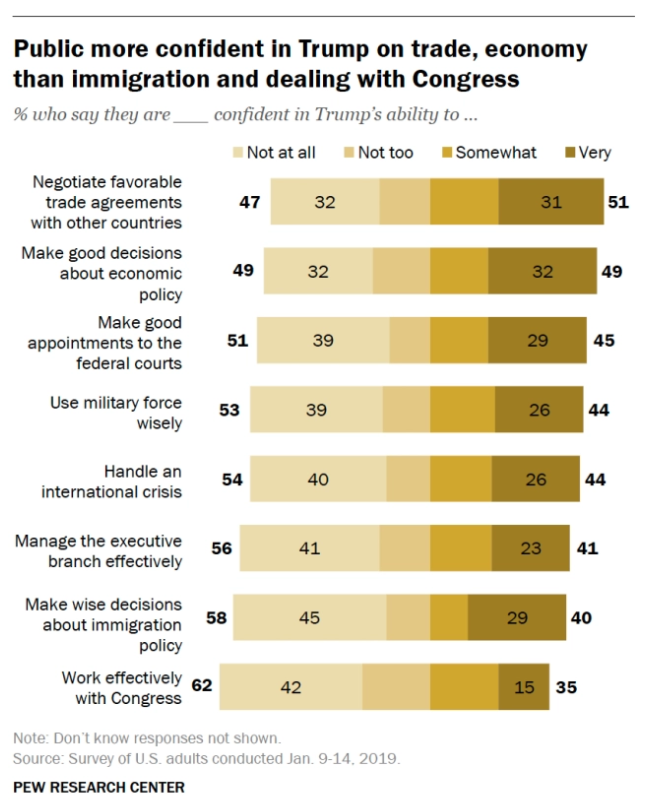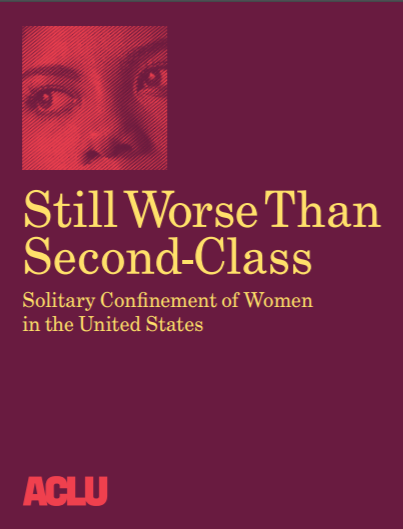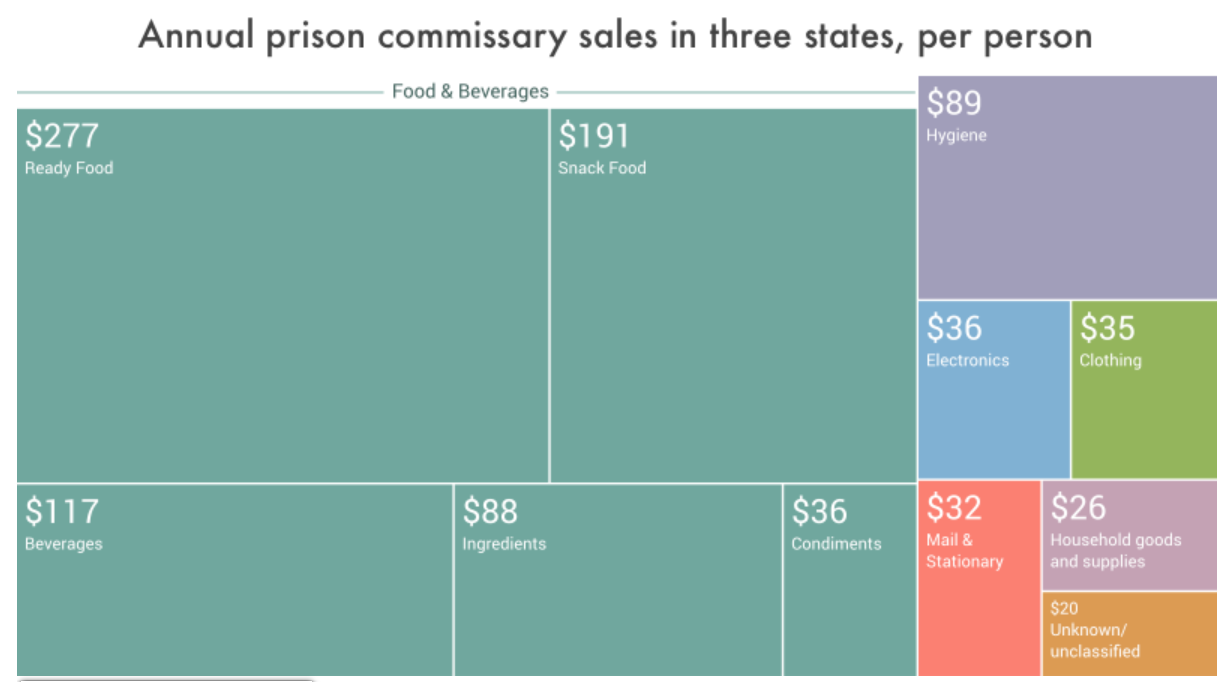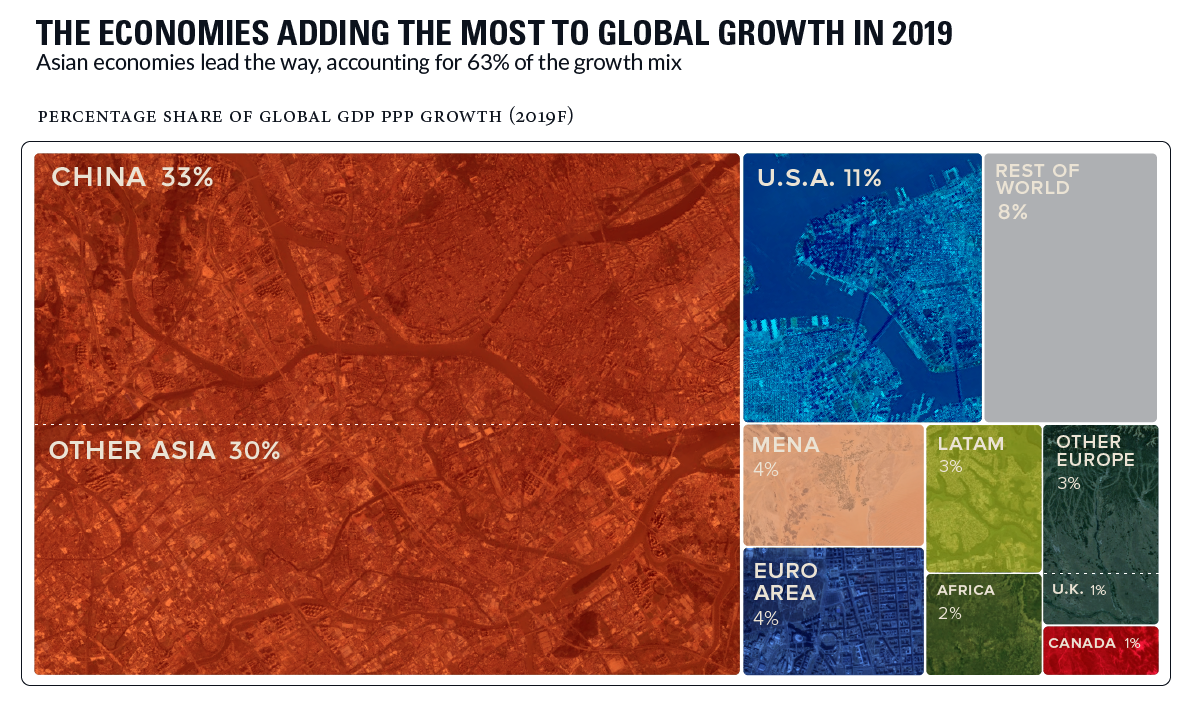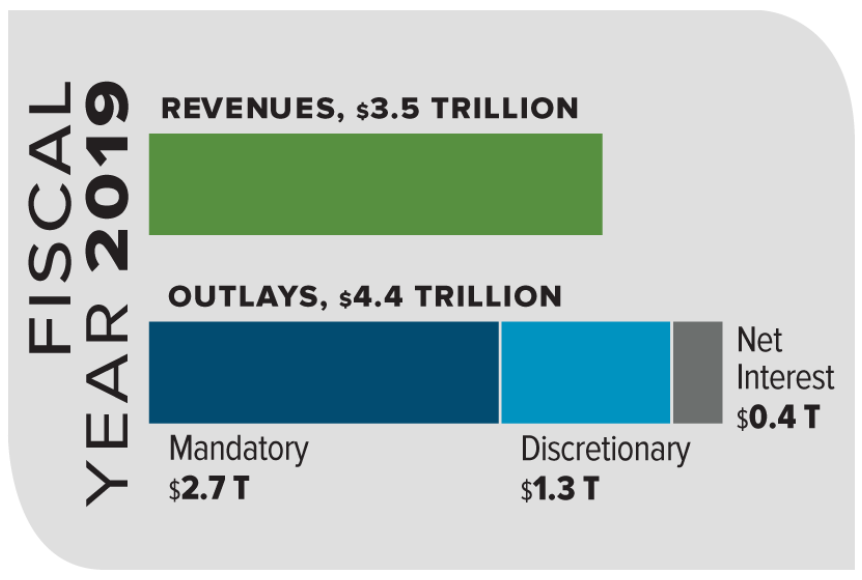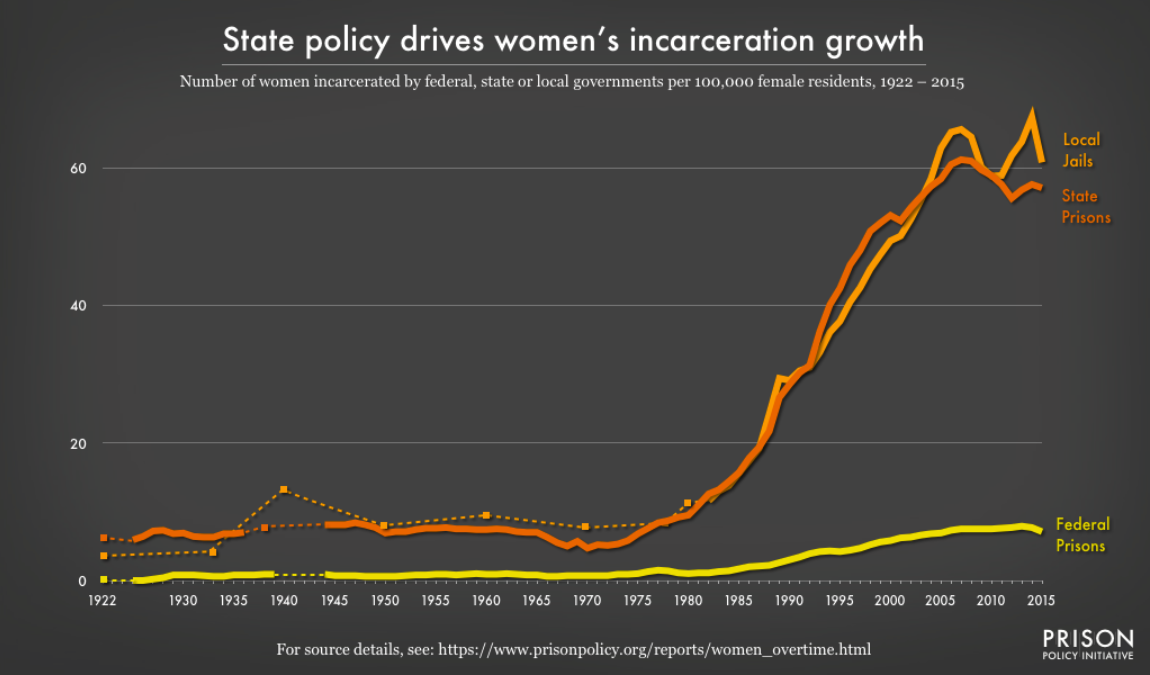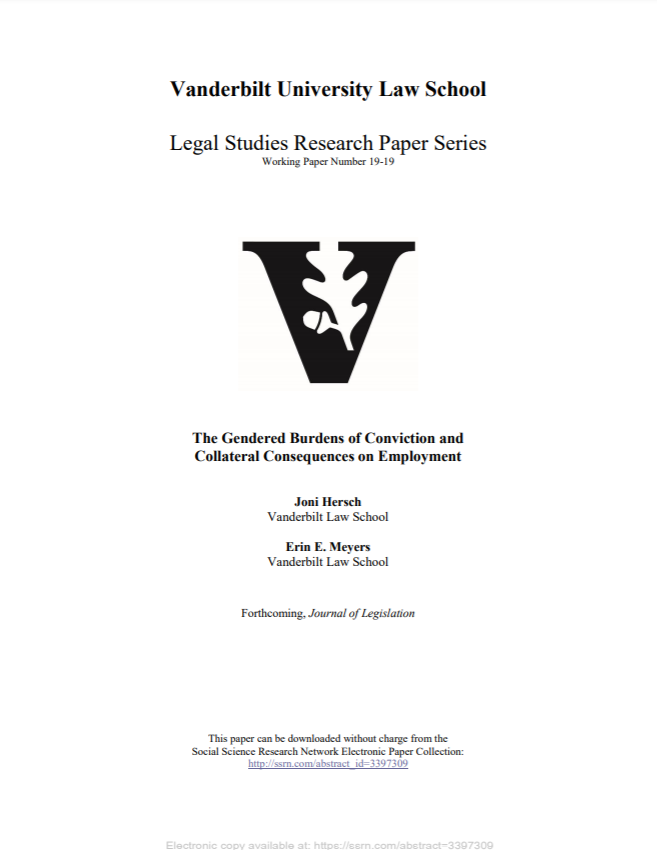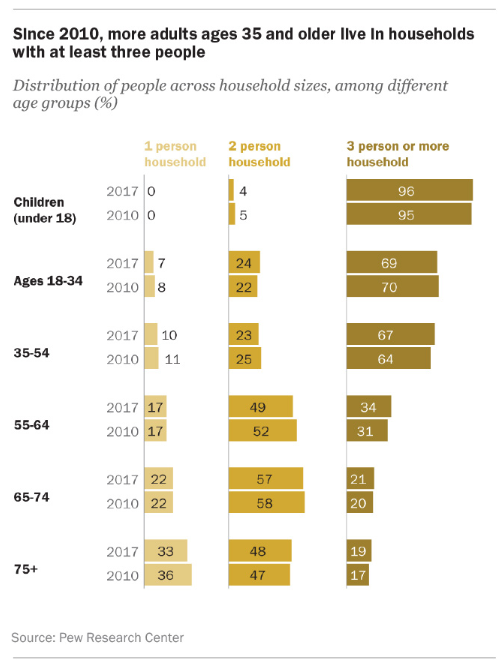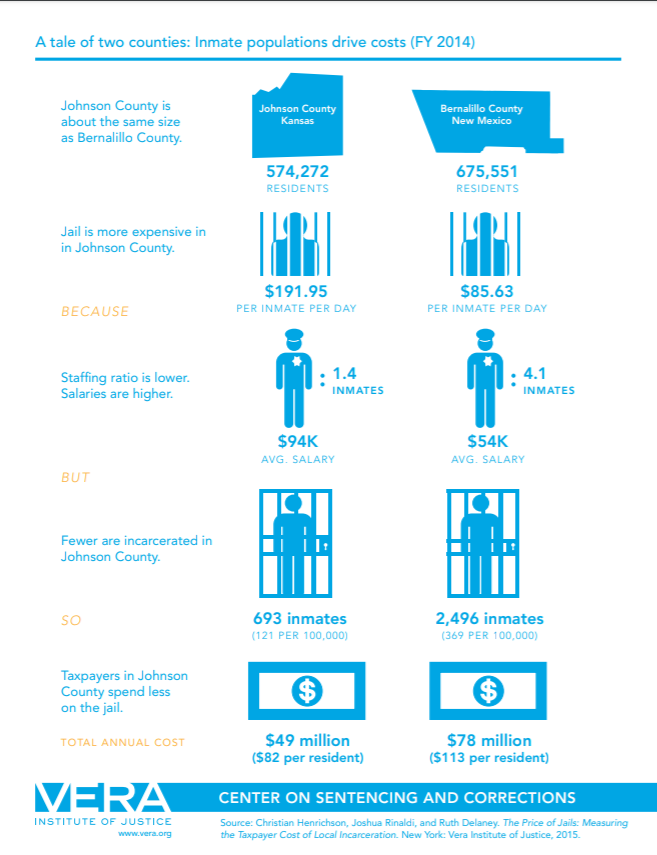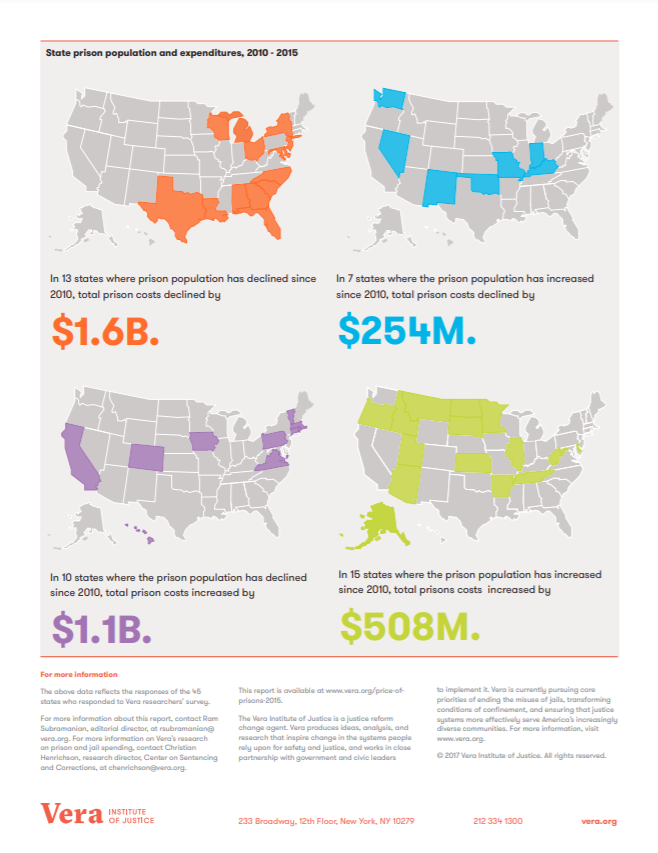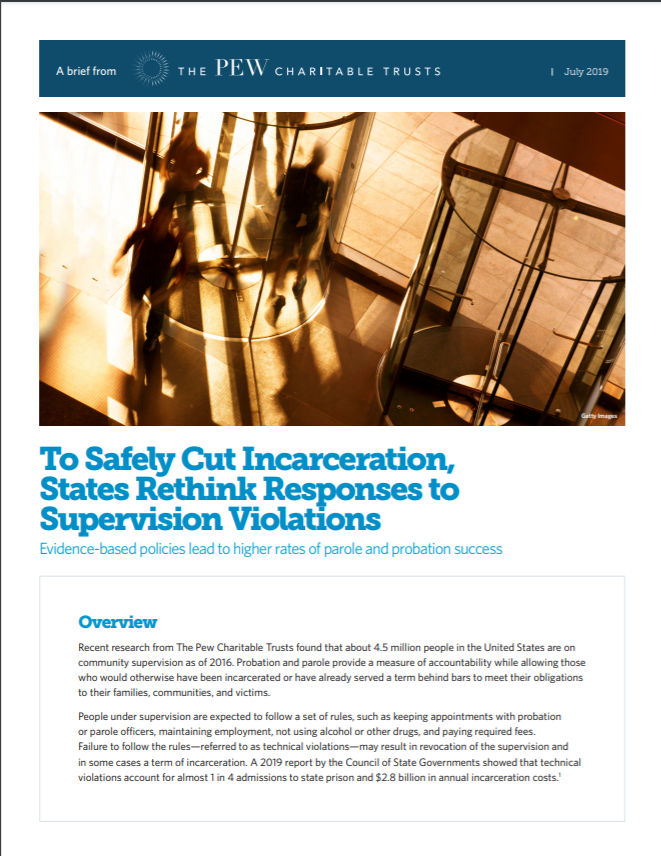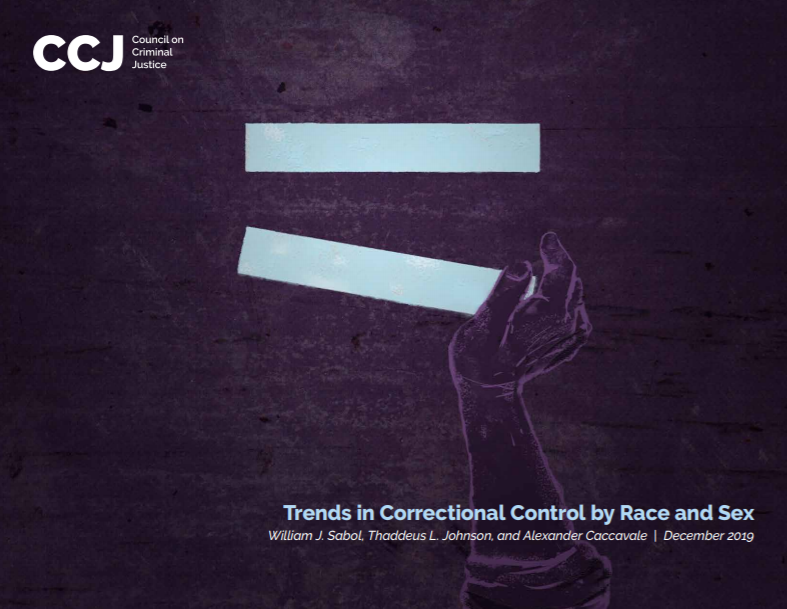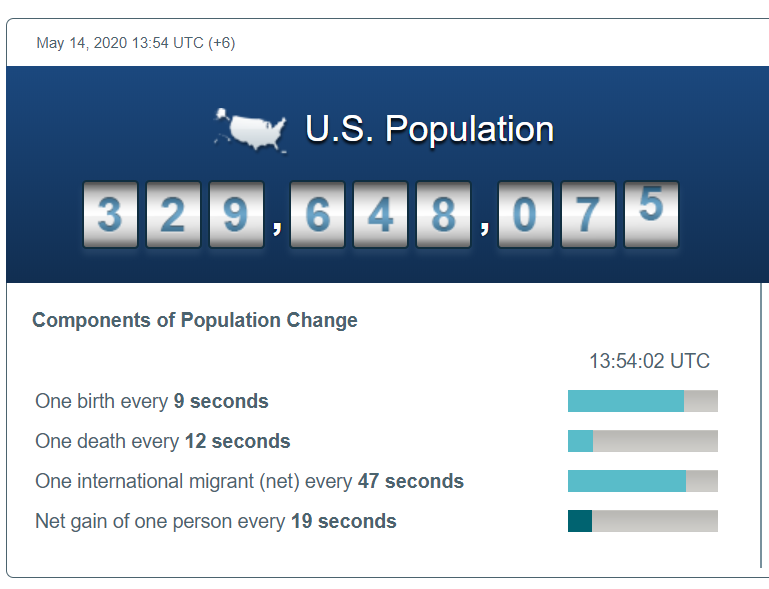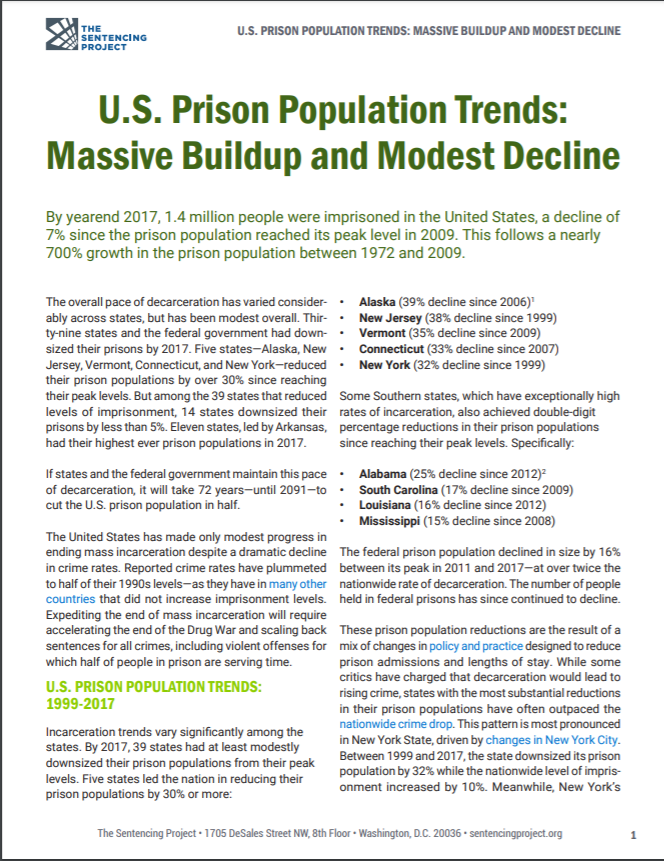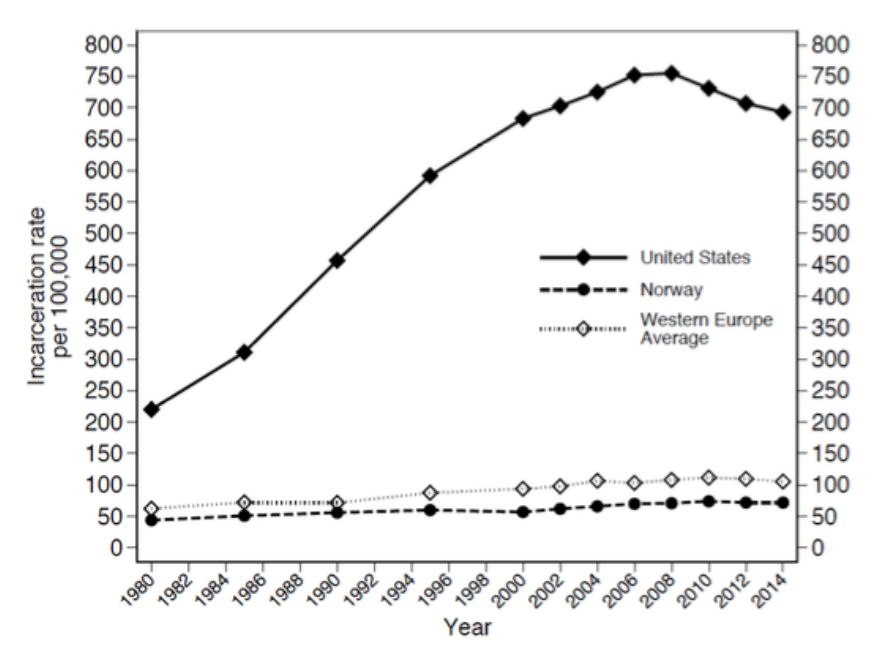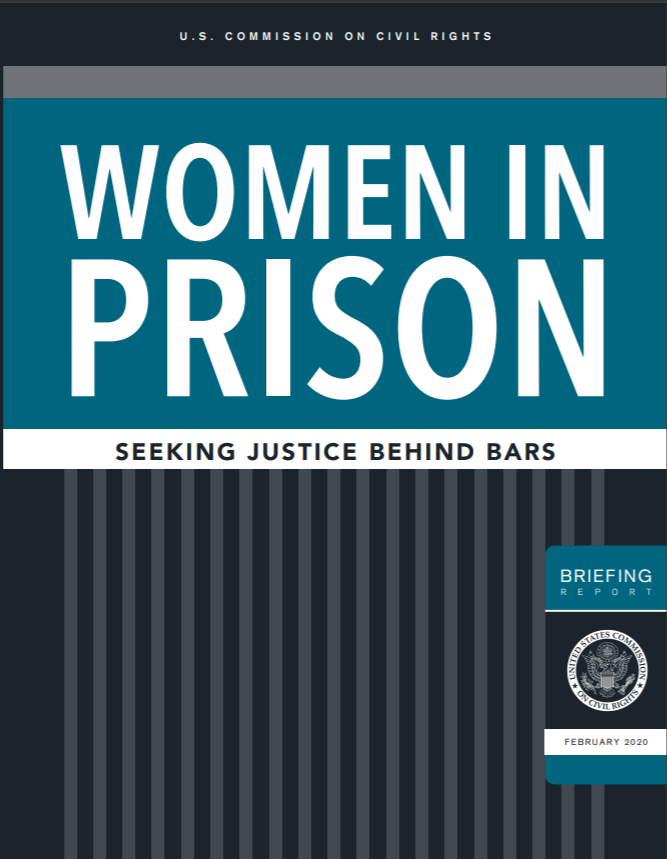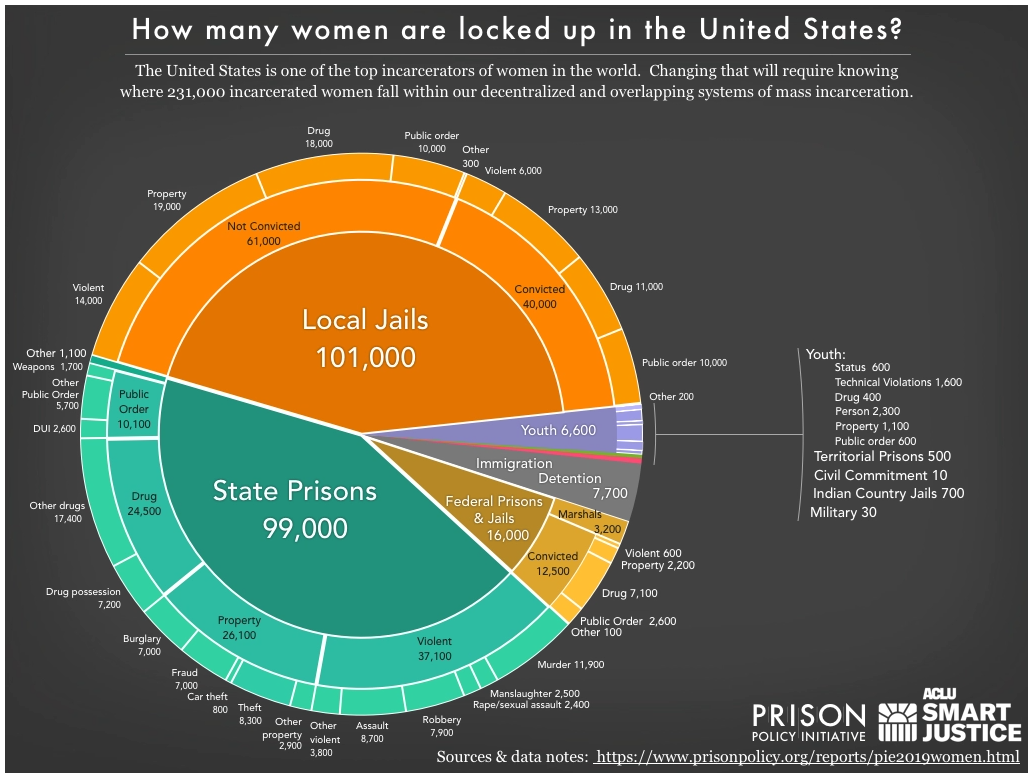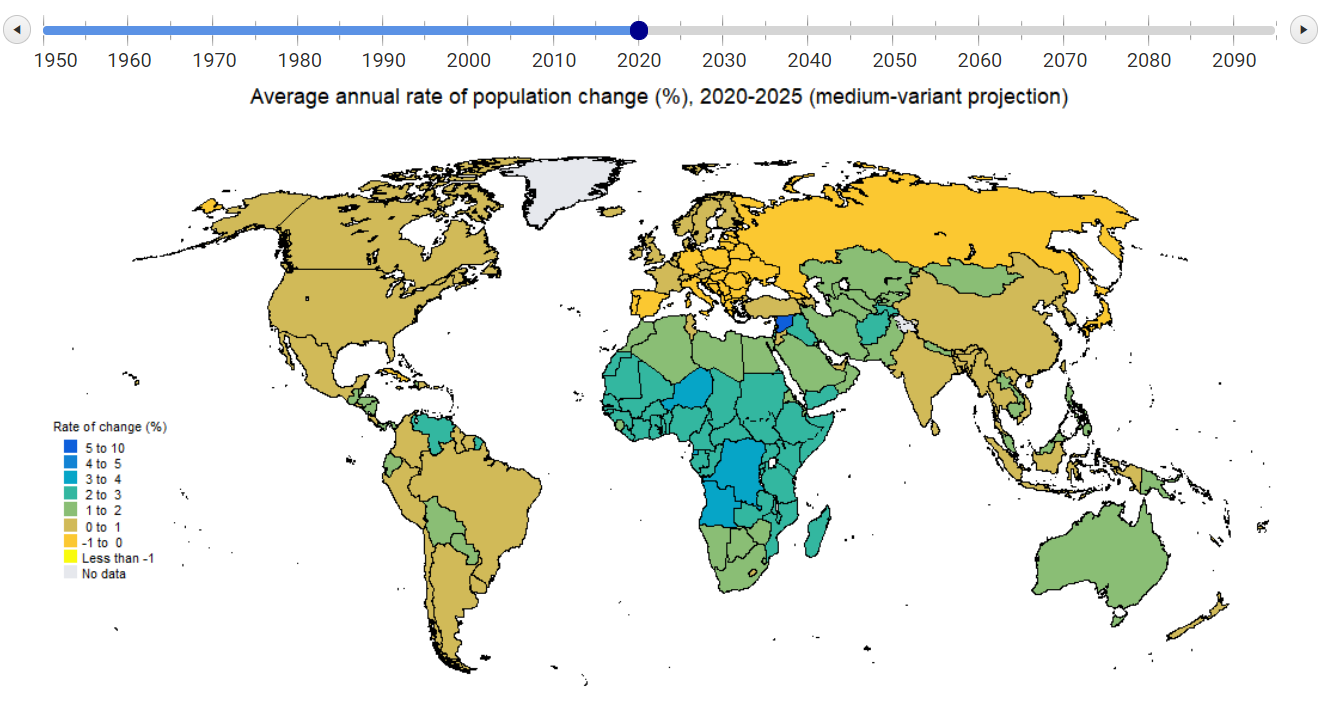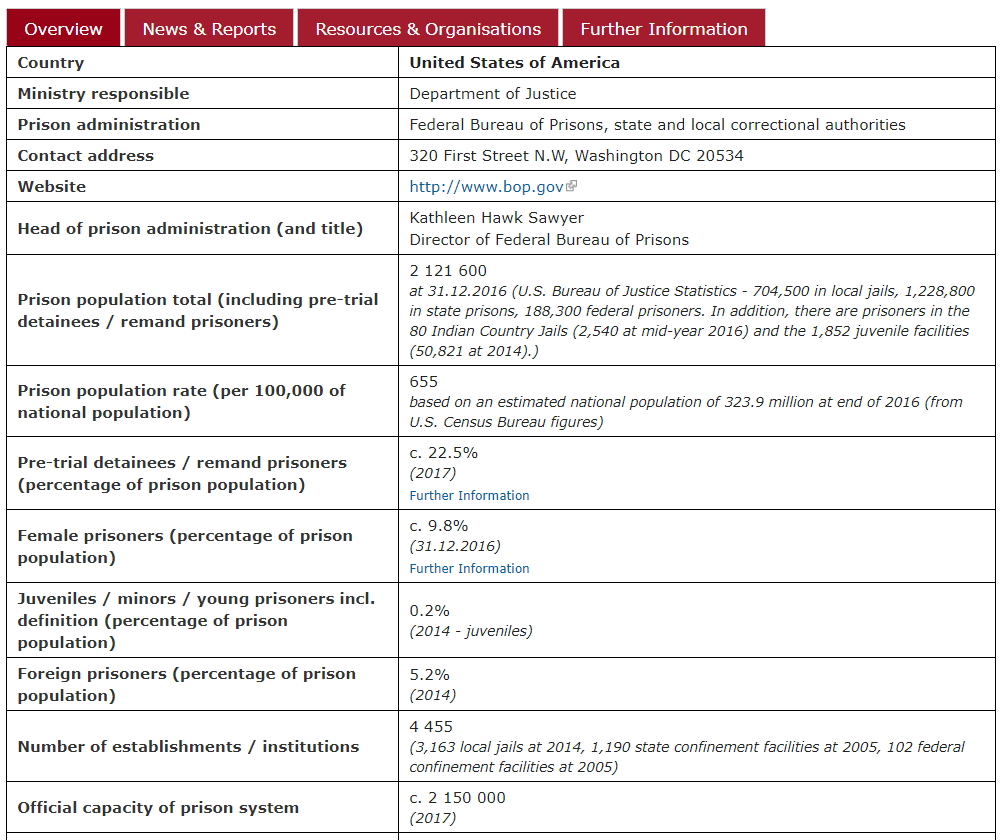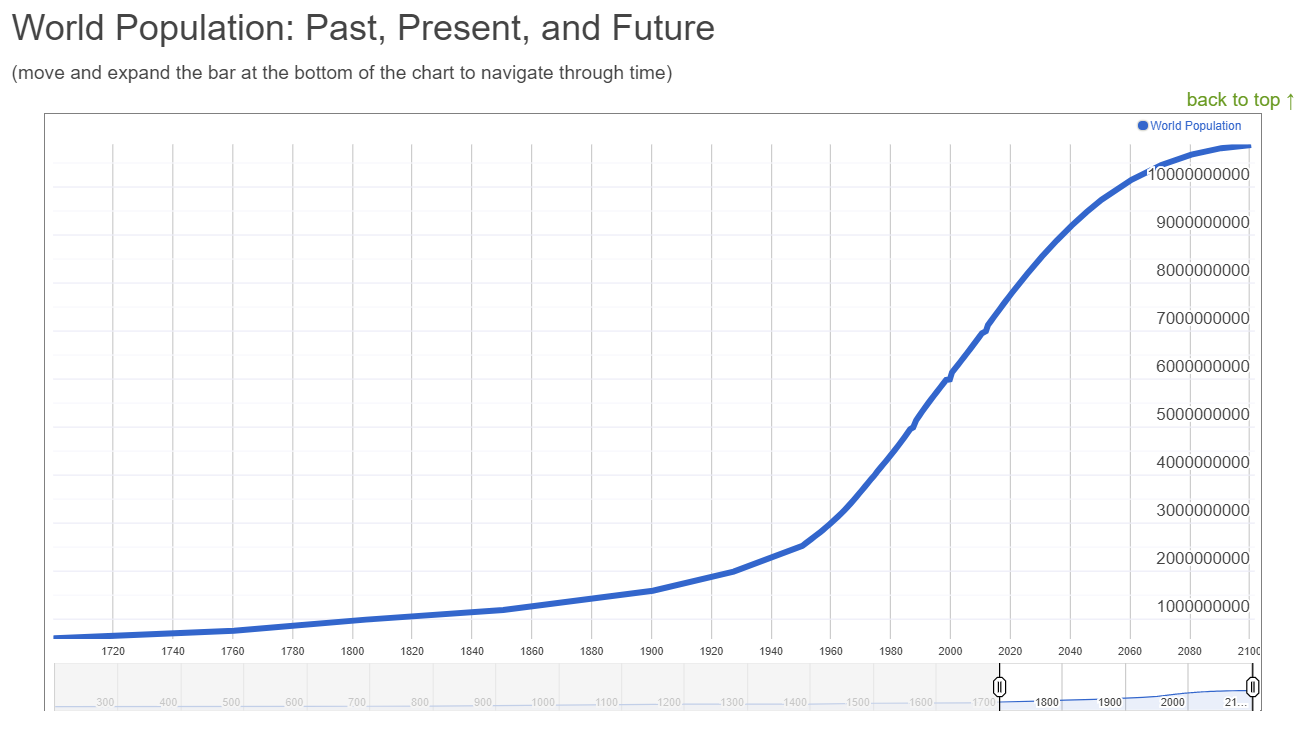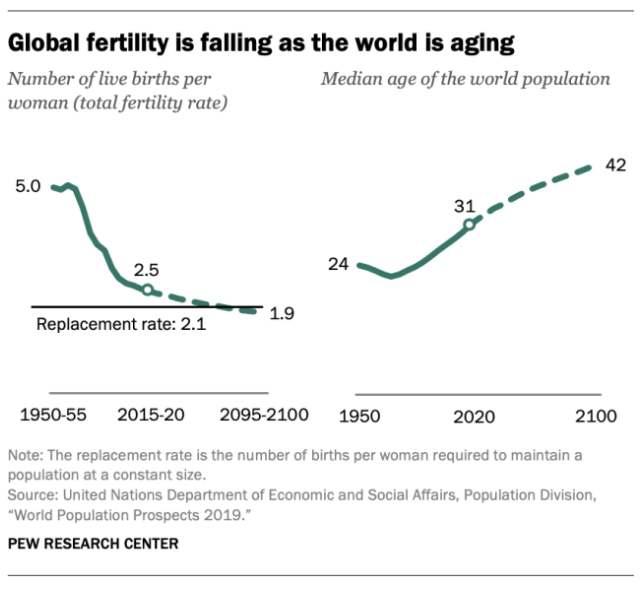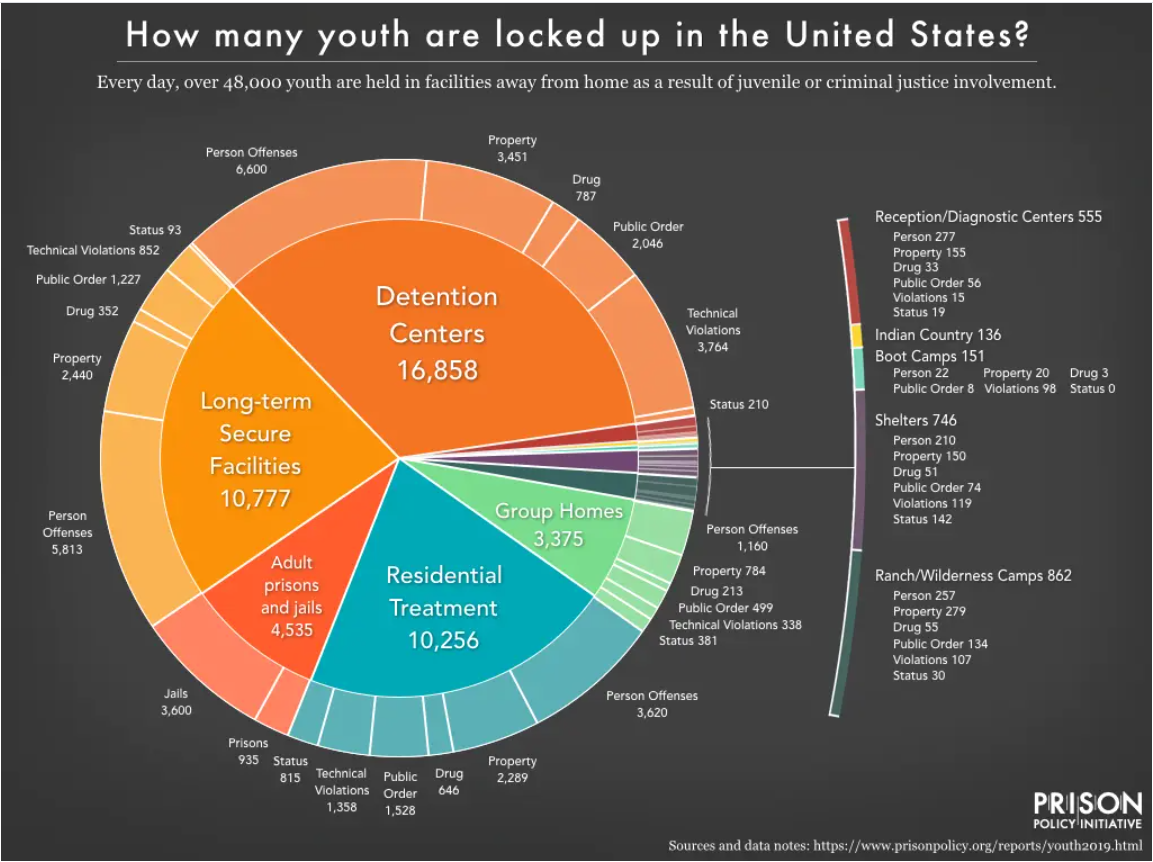The Bureau of Labor and Statistics provides information on the employment situation. The total nonfarm payroll employment rose by 128,000 in October, and the unemployment rate was little changed at 3.6 percent, the U.S. Bureau of Labor Statistics reported today. Notable job gains occurred in food services and drinking places, social assistance, and financial activities. Within manufacturing, employment in motor vehicles and parts decreased due to strike activity. Federal government employment was down, reflecting a drop in the number of temporary jobs for the 2020 Census.
Both the unemployment rate, at 3.6 percent, and the number of unemployed persons, at 5.9 million, changed little in October. (See table A-1.) 2.5 3.0 3.5 4.0 4.5 5.0 5.5 Oct-17 Jan-18 Apr-18 Jul-18 Oct-18 Jan-19 Apr-19 Jul-19 Oct-19 Chart 1. Unemployment rate, seasonally adjusted, October 2017 – October 2019 Percent -50 0 50 100 150 200 250 300 350 400 Oct-17 Jan-18 Apr-18 Jul-18 Oct-18 Jan-19 Apr-19 Jul-19 Oct-19 Thousands Chart 2. Nonfarm payroll employment over-the-month change, seasonally adjusted, October 2017 – October 2019 -2- Among the major worker groups, the unemployment rates for adult men (3.2 percent), adult women (3.2 percent), teenagers (12.3 percent), Whites (3.2 percent), Blacks (5.4 percent), Asians (2.9 percent), and Hispanics (4.1 percent) showed little or no change in October. (See tables A-1, A-2, and A-3.)
The number of long-term unemployed (those jobless for 27 weeks or more) was essentially unchanged at 1.3 million in October and accounted for 21.5 percent of the unemployed. (See table A-12.)
The labor force participation rate was little changed at 63.3 percent in October, and the employmentpopulation ratio held at 61.0 percent. Both measures were up by 0.4 percentage point over the year. (See table A-1.)
The number of persons employed part time for economic reasons, at 4.4 million, changed little in October. These individuals, who would have preferred full-time employment, were working part time because their hours had been reduced or they were unable to find full-time jobs. (See table A-8.)
In October, 1.2 million persons were marginally attached to the labor force, down by 262,000 from a year earlier. (Data are not seasonally adjusted.) These individuals were not in the labor force, wanted and were available for work, and had looked for a job sometime in the prior 12 months. They were not counted as unemployed because they had not searched for work in the 4 weeks preceding the survey. (See table A-16.)
Among the marginally attached, there were 341,000 discouraged workers in October, down by 165,000 from a year earlier. (Data are not seasonally adjusted.) Discouraged workers are persons not currently looking for work because they believe no jobs are available for them. The remaining 888,000 persons marginally attached to the labor force in October had not searched for work for reasons such as school attendance or family responsibilities. (See table A-16.)
For more data read the full report.

